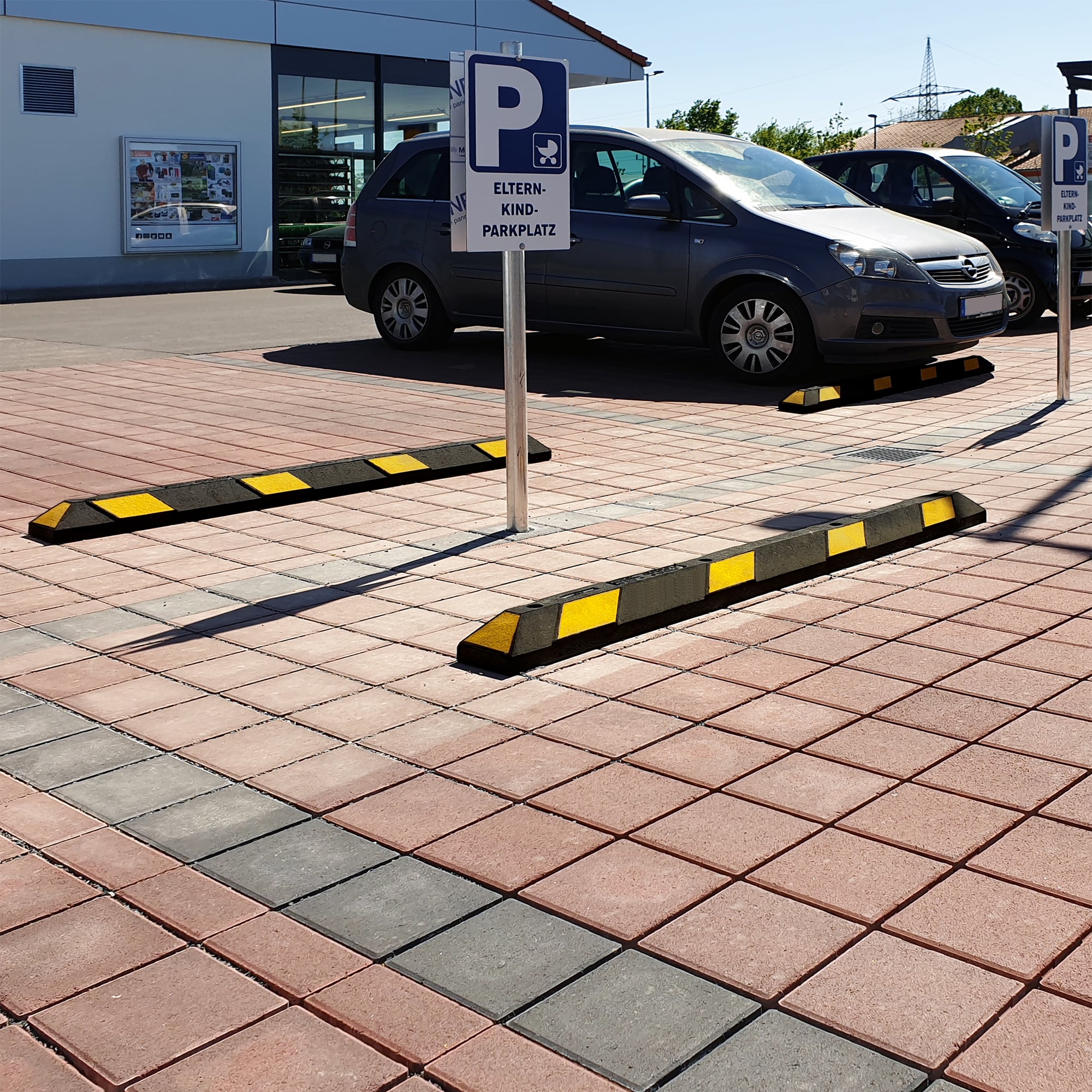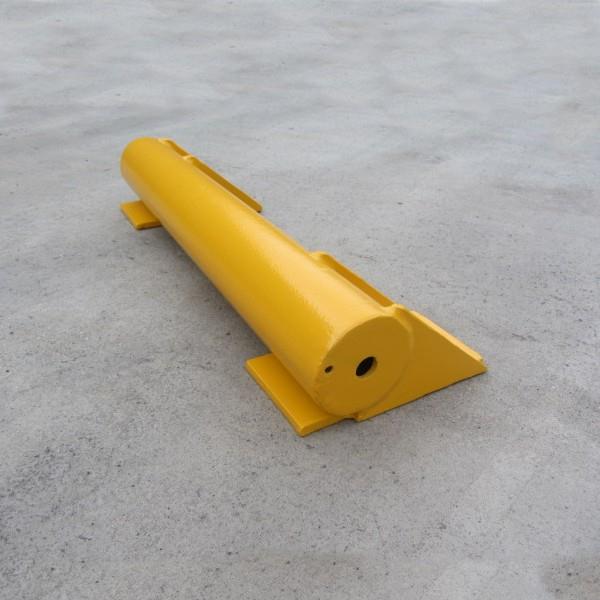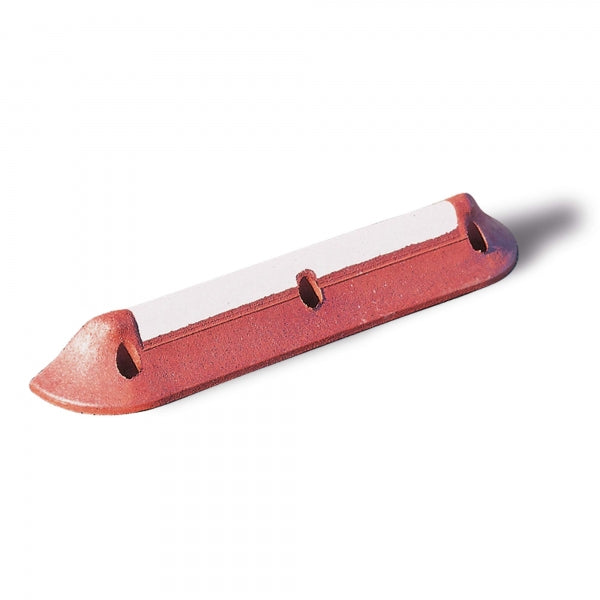Wheel Stops
A wide range of rubber and steel Wheel Stops for cars, vans and trucks. Durable and cost-effective asset protection for car parks, warehouses, and loading bays.

39% off
SKU: 756554
GNR
Park It 1800mm Rubber Wheel Stop (Blue)
Sale price£33.50
Regular price£54.50ex VAT
Limited Stock

SKU: 750212
XPT
XPT Wheel Stop 1800mm Yellow
Sale price£42.50ex VAT
The UK's Best Value Rubber Wheel Stoppers

SKU: 750213
XPT
XPT Wheel Stop 1800mm White
Sale price£42.50ex VAT
The UK's Best Value Rubber Wheel Stoppers

SKU: 756163
Moravia
Park Aid Rubber Wheel Stop 1800mm
Sale priceFrom £62.00ex VAT
The UK's Best Prices | Free Shipping

SKU: 895761
Pittman®
HGV Heavy Duty Wheel Stop
Sale price£87.90ex VAT
The UK's Best Prices with Fast Delivery

SKU: 756175
Moravia
Park Aid Rubber Wheel Stop 1200mm
Sale priceFrom £47.00ex VAT
The UK's Best Prices | Free Shipping

SKU: 756183
Moravia
Park Aid Rubber Wheel Stop 900mm
Sale priceFrom £35.00ex VAT
The UK's Best Prices | Free Shipping

SKU: 756186
Moravia
Park Aid Rubber Wheel Stop 550mm
Sale price£26.00ex VAT
The UK's Best Prices | Free Shipping

SKU: 756558
XPT
XPT Wheel Stop 1800mm Green
Sale price£79.50ex VAT
Protect EV Charging Stations from Vehicle Impacts

SKU: 899465
Pittman®
HGV Dock Wheel Stop
Sale price£220.00ex VAT
Help Bring Large Vehicles To A Halt

SKU: 756560
Pittman®
Economy Steel Tyre Stop - 600mm
Sale price£89.00ex VAT
Perfect For Use With LGVs

SKU: 756561
Pittman®
Economy Steel Tyre Stop - 2500mm
Sale price£430.00ex VAT
Strong, Resistant Guide For LGVs

SKU: 863720
Pittman®
Heavy Duty HGV Trailer Pad
Sale price£129.50ex VAT
Prevent HGVs Trailers From Sinking

SKU: 747250
XPT
XPT Rubber Curb
Sale price£9,999.00ex VAT
Extremely Flexible Kerbing for Road Projects

SKU: 899110
XPT
XPT Wheel Stop 900mm Yellow
Sale price£999.00ex VAT
Bring Cars to a Stop in Parking Bays

SKU: 899111
XPT
XPT Wheel Stop 900mm White
Sale price£999.00ex VAT
Reduce Vehicle Collisions in Car Parks

SKU: 756432
Moravia
Traffic Line Wheel Stop
Sale priceFrom £101.00ex VAT
Helps Define The End Of Parking Spaces









